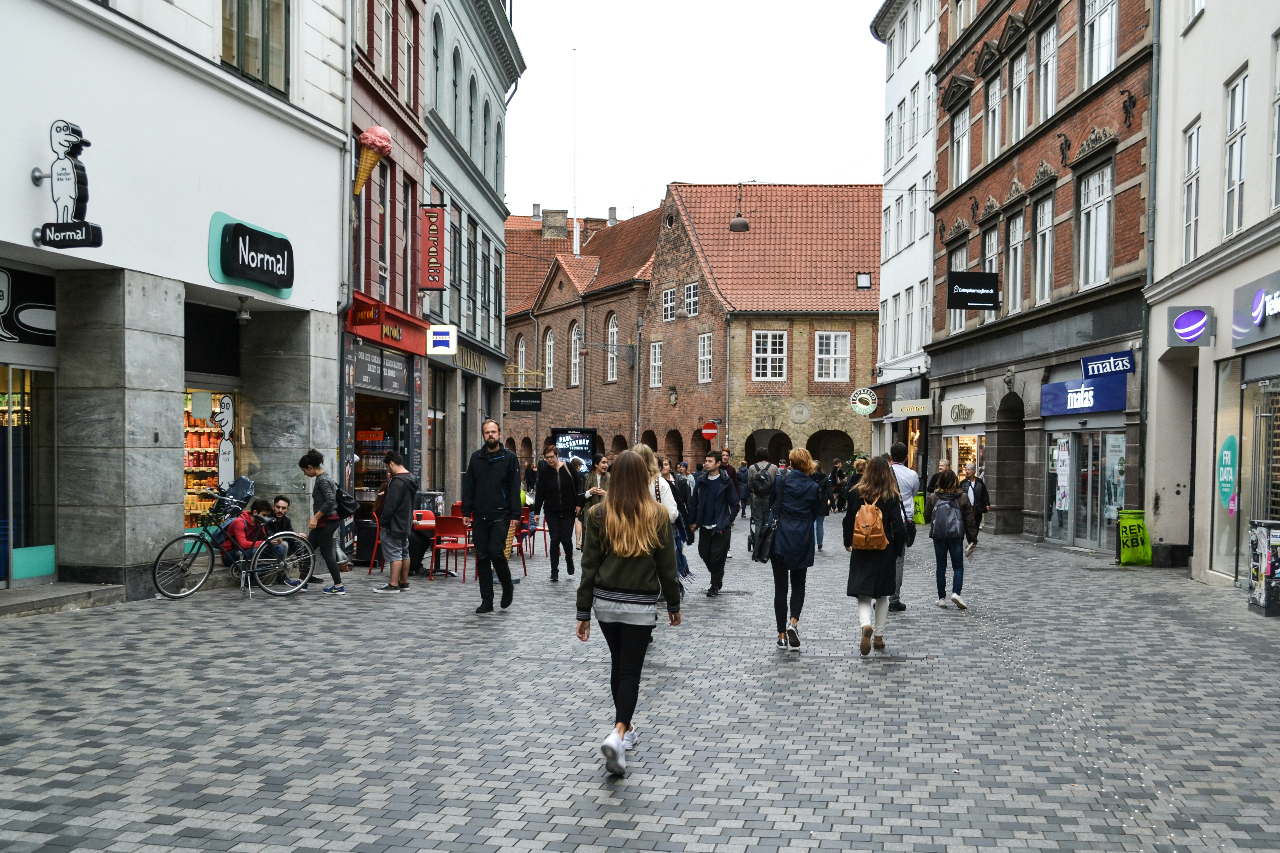 Photo:Abby Rurenko / Unsplash
Photo:Abby Rurenko / Unsplash
Almost 43,000 young people are without jobs or education
In September 2023, there were 42,800 young people aged 15-24 without jobs and education.
This is shown by a new analysis from the Economic Council of the Labour Movement (AE) based on new data from Statistics Denmark.
Thus, the number of young people without jobs and education is at the same level as in 2022. The number has been declining over the years but has slightly increased since 2021.
“In recent years, employment has been improving, and there has been a significant political focus on helping more young people successfully find jobs and education. The groundwork has been laid for better times. Nevertheless, we do not see any positive development,” says Emilie Damm Klarskov, head of analysis at the Economic Council of the Labour Movement.
The approximately 43,000 young people without jobs and education correspond to 6.3 percent of all 15-24-year-olds. The proportion fell slightly from 2016 to 2021 but has since remained between 6.3 and 6.4 percent.
Therefore, there is still a long way to go to reach the political education target agreed upon by a broad majority in the Danish Parliament in 2017. The goal is to halve the proportion by 2030 compared to the base year, 2016. This means that no more than 3.5 percent of 15-24-year-olds should be without jobs and education by 2030.
“In recent years, politicians have acknowledged that we have a significant problem. Among other things, they have launched the preparatory basic education program. We believe that this is the right approach. This group of young people needs more hands-on and targeted efforts. However, the question remains whether enough is being done. The numbers do not indicate this,” says Emilie Damm Klarskov.
Young people are defined as being without jobs and education if they are neither working nor in education or have completed at least one secondary education. They are included in the statistics if they are without jobs and education in September of a given year. The definition follows the method of the Ministry of Children and Education.
Many are without jobs and education for several years.
The analysis also shows that young people who are outside the labor market and the education system often remain so for longer periods.
Six out of ten young people who were without jobs and education in 2019 were also part of the group the following year. A little over half were still without jobs and education two years later, and three and four years later, a little under half were still without jobs and education. The trend has been stable over the past few years.
“It is clear that it is a persistent problem for these young people to find a foothold in the labor market and the education system. Therefore, it is important that we intervene early with the right support and good offers. Otherwise, we risk leaving a far too large group of vulnerable young people behind,” says Emilie Damm Klarskov.
“If you have been part of the group at some point as a young person, there is an increased risk of ending up without education. And then you will become part of the unskilled labor market, which is associated with higher job insecurity and lower income,” says Emilie Damm Klarskov.
About The Economic Council of the Labour Movement: The Economic Council of the Labour Movement (Arbejderbevægelsens Erhvervsråd) is an economic-political think tank and a socioeconomic analysis institute. The Economic Council of the Labour Movement was founded in 1936 by the then LO and the Cooperative Federation as the main organization of the labour movement in the economic and business policy field. Today, the board consists of representatives from FH and the large trade unions organized under FH.

